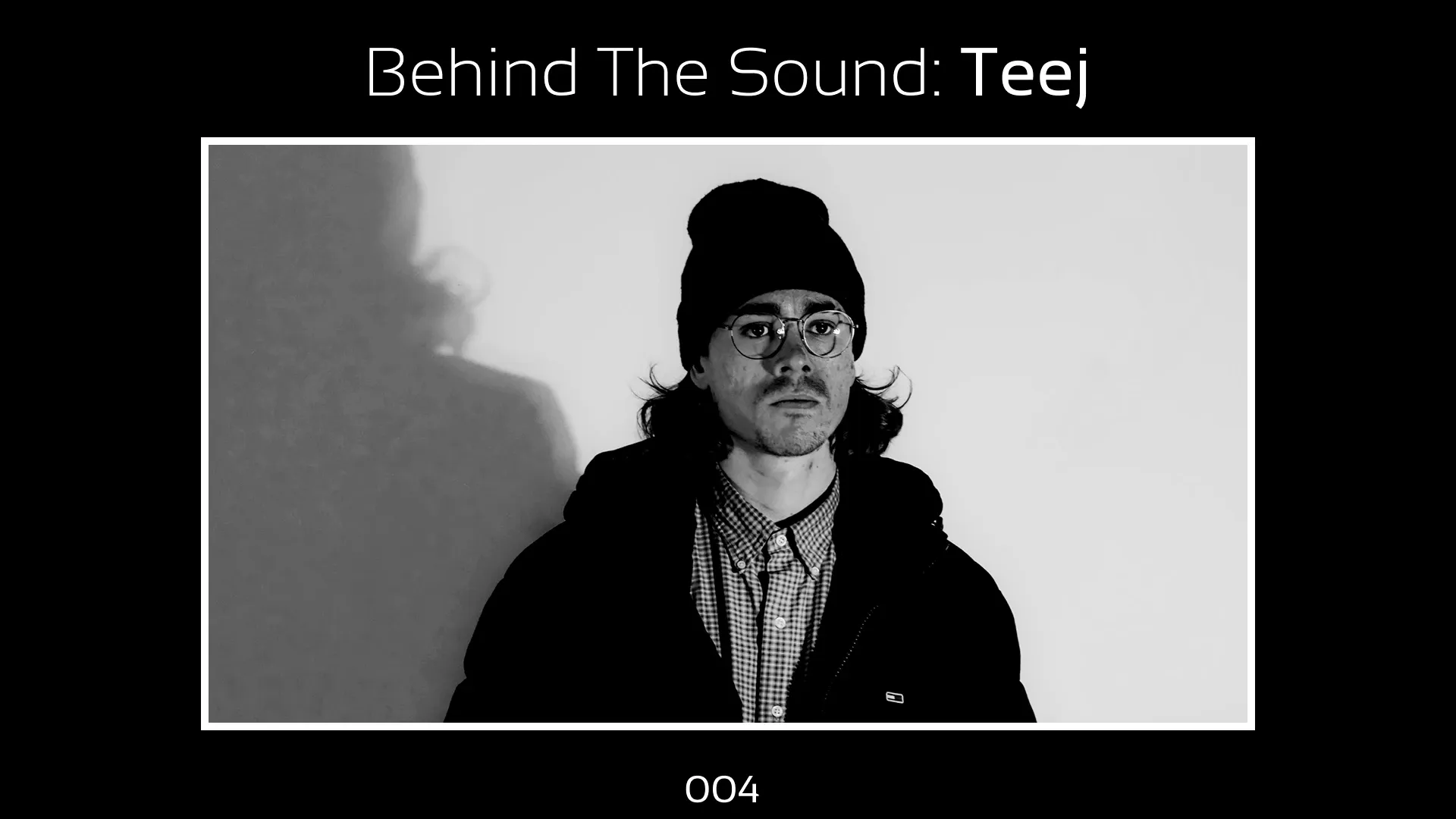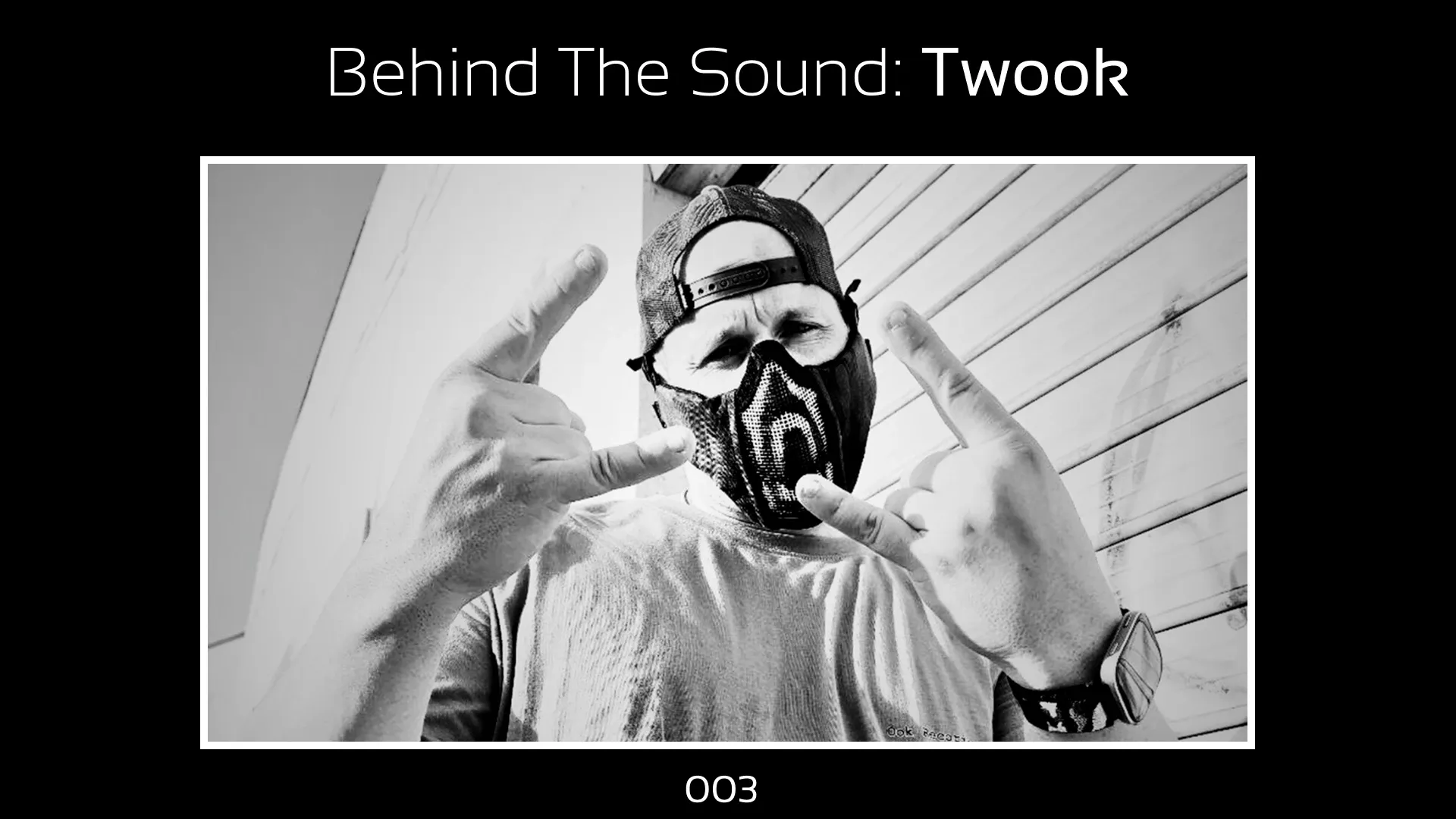The Science of Sound: How Bass and Treble Tap Into Our Primal Instincts
From the very beginning, humans have looked to nature for inspiration when it comes to sound. Electronic music is a modern extension of this connection, using synthesizers to reimagine the natural rhythms around us.
3 minutes read
The Soundscape of Nature: Bass as the "Alarm," Treble as the "Rest"
From the very beginning, humans have looked to nature for inspiration when it comes to sound. Electronic music is a modern extension of this connection, using synthesizers to re-imagine the natural rhythms around us. But beneath the surface of this genre is something more profound—it taps into the very wiring of our brains. So what makes electronic music so compelling? It's all about the interplay between the bass and treble, creating a tension-release cycle that resonates deeply with us.
Bass: The "Danger" Signal, Treble: The "Safe Haven"
In the natural world, low-frequency sounds (like thunder or the growls of predators) have long been signals of potential danger, triggering our fight-or-flight response. This is why bass-heavy sounds in electronic music can have a similar effect—they shake our bodies, quicken our pulses, and heighten our attention.
On the flip side, high-frequency sounds (like birds chirping or a stream flowing) tend to signal calmness and safety. These sounds help activate our parasympathetic nervous system, promoting relaxation. In electronic music, the shimmering high notes, arpeggios, and gentle melodies serve to balance the intensity of the bass, providing a sense of relief and tranquility.
Tension, Release, and Oscillation: The Heartbeat of Electronic Music
At its core, electronic music thrives on the cycle of tension and release. The build-up, where the bass intensifies and the rhythm tightens, creates a sense of anticipation, preparing the listener for something big. Then, the drop—where the high-pitched melodies or chord shifts bring a burst of resolution—satisfies that tension, offering a release. This dynamic mirrors natural cycles, like the calm after a storm or the rhythm of day turning into night.
Take techno music, for example: the steady, repetitive bass drum can lull the listener into a trance-like state. When a high-pitched synth or a surprising melody is introduced, the brain’s reward system lights up, providing a sense of pleasure. This contrast between tension and release turns the music from a repetitive loop into a rich emotional experience.
Why Does the Brain Respond So Strongly to This Rhythm?
Studies show that music engages multiple parts of the brain, especially the prefrontal cortex and the nucleus accumbens (which is involved in reward processing). The tension-release structure in electronic music activates our brain’s problem-solving mechanisms:
Prediction and Resolution: The brain constantly predicts what will happen next in music. As a track builds, the uncertainty grows, increasing activity in the prefrontal cortex. When the drop finally arrives, the brain’s prediction is confirmed, triggering the release of dopamine, which feels pleasurable.
Evolutionary Programming: Throughout our evolutionary history, we’ve learned to categorize sounds as either threats or signs of safety. Electronic music mirrors this primal division, with bass representing "danger" and treble representing "safety"—invoking that ancient response in us.
Trance and Altered States: Repetitive rhythms (especially between 120-140 BPM) can shift brainwave activity to alpha and theta states, often associated with deep relaxation or meditative states. In this trance-like state, the ongoing tension-release cycle transforms the listener from a passive observer into an active participant in the music.
Conclusion: A Modern Ritual
Electronic music essentially translates the natural world into a digital language, responding to one of our most fundamental psychological needs: resolving uncertainty. The pulse of bass introduces tension, and when the treble arrives, it provides the relief we crave. In a sense, this dance between tension and release is as old as our survival instincts—alerting us to danger and then offering us the comfort of resolution.
So next time you’re at a festival or listening to your favorite track, remember that it’s not just about the beats—it’s your brain, solving problems and feeling pleasure with every twist and turn in the music. It's a modern ritual that connects us to something primal, something deeply ingrained within us.



